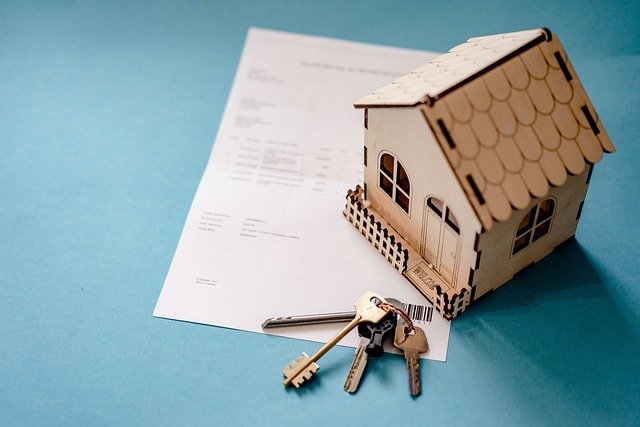Demystifying the Pros and Cons of Mixed-Use Real Estate Development
Mixed-use development, a blend of residential, commercial, and other uses in a single project, has been gaining traction in the real estate market. This article delves into the intricate facets of mixed-use development, its advantages, potential challenges, and overall impact on the real estate landscape.

A Dive into Mixed-Use Development
Mixed-use development is an urban planning practice that combines residential, commercial, cultural, and institutional uses within a single property. Originating in the early 20th century, this concept aimed to reduce commuting time and promote community cohesion. The idea has since evolved, now being hailed as a solution for sustainable urban growth and revitalization of downtown areas.
Market Trends and Financial Analysis
While the concept of mixed-use development is not new, it has gained momentum in recent years. High urbanization rates, a growing preference for walkable communities, and the desire for sustainable living are driving this trend. Financially, these developments often yield higher returns due to diversified income streams and efficient land use. However, the initial investment can be substantial, impacting the market’s participation.
The Advantages and Challenges of Mixed-Use Development
Mixed-use development offers numerous advantages. It leads to efficient land use, diversified income streams, and vibrant communities. The blend of residential and commercial components reduces commute times, promotes local business, and fosters a sense of community.
However, the challenges are equally significant. Mixed-use developments require significant investment and comprehensive planning. Zoning regulations can also be a hurdle. Balancing the needs of different stakeholders – residents, businesses, and local authorities – can be complex.
Impact on Buyers, Sellers, and Investors
For buyers, mixed-use developments offer convenience and a vibrant community life. Sellers and developers can benefit from higher returns and diversified income streams. However, investors should consider the risks, such as high initial costs, stringent regulations, and complex stakeholder management.
Conclusion
Mixed-use development is reshaping the real estate landscape with its sustainable approach to urban living. However, the challenges it presents are significant and require comprehensive understanding and strategic planning. It is clear that the future of real estate lies in innovative strategies like mixed-use development, but the journey towards widespread acceptance and implementation is likely to be gradual and filled with learning.




